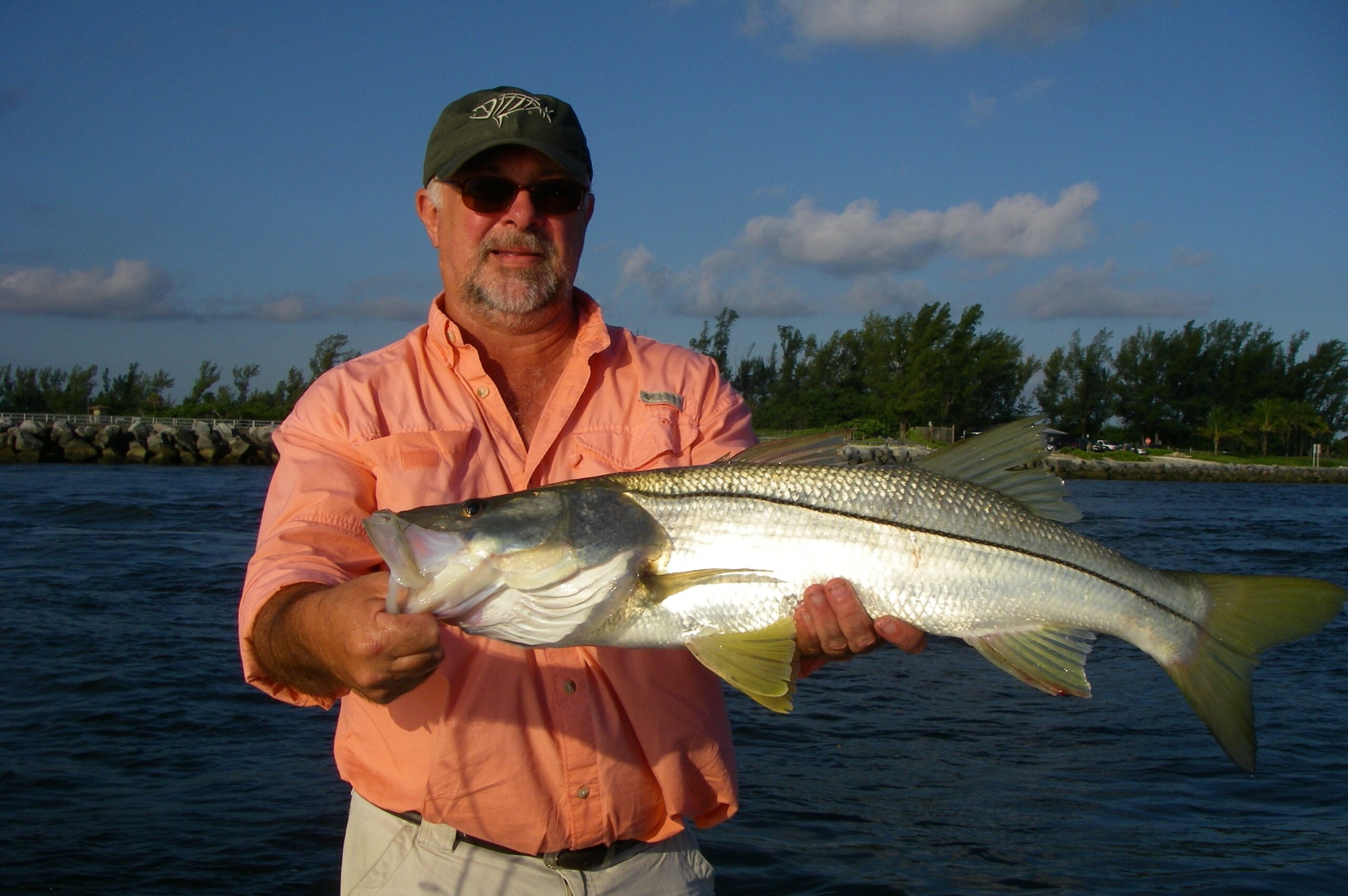Does the Type of Habitat Affect Juvenile Fish?

Research shows sportfish generally have higher populations in natural and restored habitats.
Research Need
The loss of estuarine habitats is impacting wildlife in ways that scientists don’t yet fully understand. Restoration efforts are helping to address the effects of these losses. But what happens when different species require different coastal habitats? A one-size-fits-all habitat restoration approach may benefit some species over others.
Quantifying the number and condition of juvenile fish by species across habitats can help us to determine whether habitat restoration efforts are benefiting species we want to protect.
What did they study?
Researchers in Florida studied how juvenile sportfish fare in different kinds of habitats: natural, restored, and “impacted” — ecosystems that urbanization has affected.
The scientists used historical images to initially determine how to classify estuary habitats. Researchers then looked at population density (the number of fish within a defined area), fish growth, habitat composition, and other factors to determine where juvenile sportfish thrive.
The research team focused much of their efforts on common snook, but also looked at over a dozen other species including 4 species popular with anglers:, black drum, red drum, sheepshead, and spotted seatrout.
What did they find?
Scientists determined that the population density of juvenile sportfish was generally greatest at natural sites. They also found that restored sites did well, too, sometimes better than natural sites. Both natural and restored sites did better on average than impacted sites.
Snook appeared to be widespread across sites, showed the most growth, and were in the best condition at natural and restored sites as opposed to impacted sites.
Some habitats with specific features were dominated by high numbers of a single species. For example, while researchers found juvenile sheepshead at all sites, high numbers were associated with shoal grass and oysters. Juvenile red drum were high in number at a single site close to the inlet and associated with mud and rock. In contrast, juvenile black drum were found along marsh grass shorelines. Finally, juvenile spotted seatrout were found in the highest numbers in red mangrove and oyster rocks.
Anything else?
Prey fish may be a good indicator of habitat suitability. Sites with a high diversity of prey fish fostered better growth for snook.
The researchers also suggested that water transparency could influence prey-predator interactions for snook, because clear water allows prey to see predators more easily.
So what?
These results indicate that restoring habitats is worthwhile when trying to protect sportfish and that considering multiple kinds of habitat and species requirements is important when we design restoration efforts.
Researchers suggest “targeted” habitats; restored habitats that account for the requirements of specific fishes offer the best solution.
Assessing past efforts will help to increase understanding of the best practices for coastal estuarine habitat restoration.
Reading
Kailee Schulz, Philip W. Stevens, Jeffrey E. Hill, Alexis A. Trotter, Jared L. Ritch, Kyle L. Williams, Joshua T. Patterson, and Quenton M. Tuckett. 2020. Coastal wetland restoration improves habitat for juvenile sportfish in Tampa Bay, Florida, U.S.A. Restoration Ecology, Vol. 28, Issue 5; pp1-13. https://onlinelibrary.wiley.com/doi/abs/10.1111/rec.13215
The Tampa Bay Environmental Restoration Fund supported this project.
Summary compiled by Allison Fisk and Scott Baker
Lead photo: Snook in hand, courtesy of Florida Fish and Wildlife under a CC BY-ND 2.0 license.
The text from Hook, Line & Science is available to reprint and republish, but only in its entirety and with this attribution: Hook, Line & Science, courtesy of Scott Baker and Sara Mirabilio, North Carolina Sea Grant. HookLineScience.com
- Categories:



